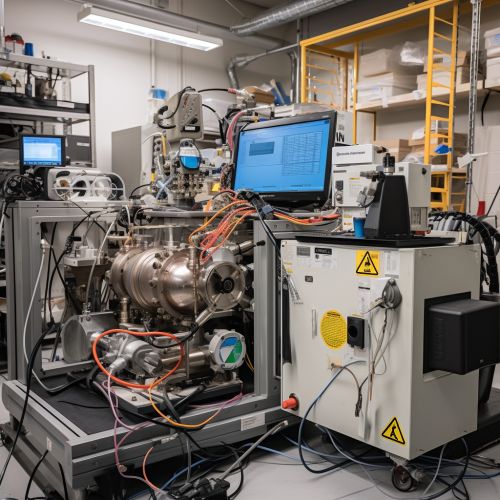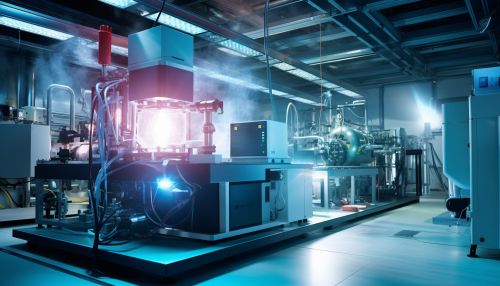The Role of Glycomics in Disease Biomarker Discovery
Introduction
Glycomics, the comprehensive study of glycomes (the entire complement of sugars, whether free or present in more complex molecules, of an organism), plays a crucial role in the discovery of disease biomarkers. This field of study, akin to genomics and proteomics, focuses on understanding the structure and function of the entire set of glycans in a cell or organism. Glycans, or complex carbohydrates, are ubiquitous in nature and play critical roles in biological processes, including cell-cell interaction, immune response, and pathogen recognition Cell Biology.


Glycans and Disease
Glycans are involved in numerous biological processes, and their alteration can lead to disease states. For instance, changes in glycosylation, the process by which glycans are attached to proteins and lipids, have been associated with various diseases, including cancer, cardiovascular disease, and neurodegenerative disorders Glycosylation. In cancer, for example, altered glycosylation patterns can promote tumor growth and metastasis, making glycan-based biomarkers a promising avenue for cancer detection and prognosis Cancer.
Glycomics and Biomarker Discovery
The field of glycomics has significantly contributed to the identification of disease biomarkers. Glycan-based biomarkers are advantageous due to their high specificity and sensitivity, making them ideal candidates for diagnostic and prognostic applications. For instance, the glycan CA-125 is a well-known biomarker for ovarian cancer, and alterations in the glycosylation pattern of the prostate-specific antigen (PSA) have been associated with prostate cancer Biomarker.
Techniques in Glycomics
Several techniques are employed in glycomics to study glycans and their alterations in disease states. These include mass spectrometry, nuclear magnetic resonance (NMR) spectroscopy, and high-performance liquid chromatography (HPLC), among others. These techniques allow for the detailed analysis of glycan structures and their modifications, facilitating the discovery of disease biomarkers Mass Spectrometry.


Challenges in Glycomics
Despite its potential, glycomics faces several challenges. The complexity and diversity of glycans, coupled with their dynamic nature, makes their study challenging. Additionally, the lack of standardized protocols and techniques for glycan analysis can hinder the discovery of reliable biomarkers. However, advancements in technology and the development of novel analytical techniques are expected to overcome these challenges and further propel the field of glycomics Challenges in Glycomics.
Future Perspectives
The field of glycomics holds great promise for the future of disease biomarker discovery. With advancements in technology and a better understanding of glycan biology, the discovery of novel glycan-based biomarkers is anticipated. These biomarkers could revolutionize disease diagnosis and prognosis, leading to improved patient outcomes Future of Glycomics.
